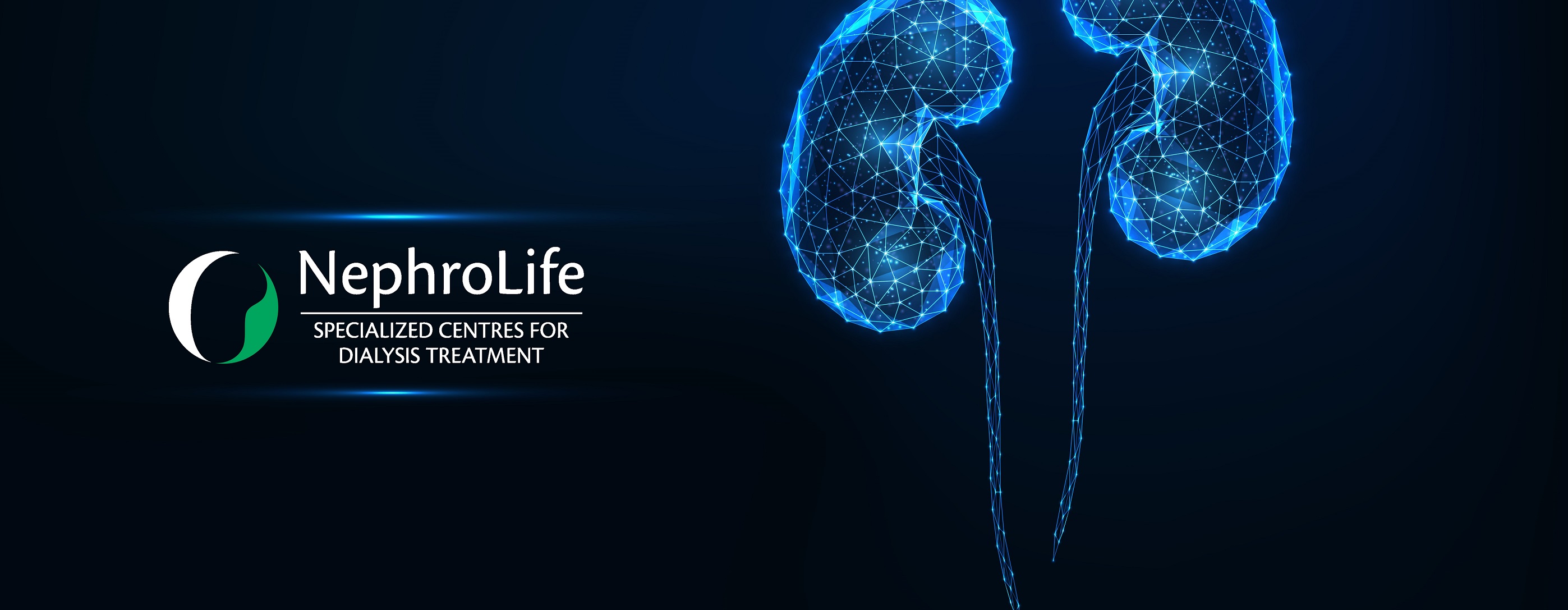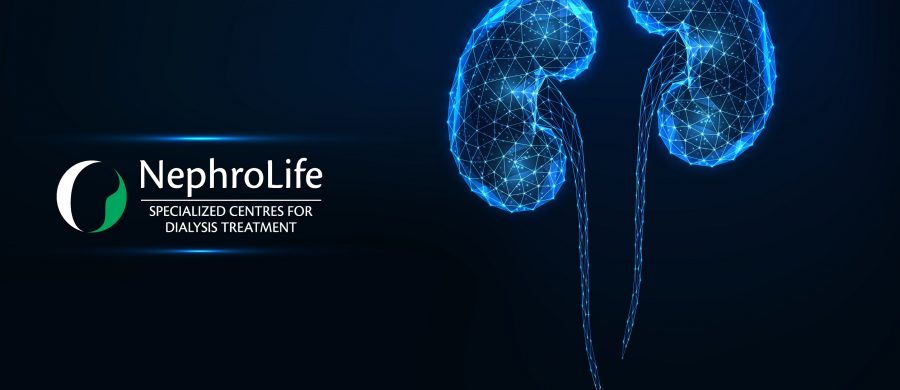The nephron, the functional unit of the kidneys, is responsible for removing waste from the body. Each kidney is made up of over one million nephrons, which intersperse the renal cortex, giving it a granular appearance.
It is a microscopic tubular formation that consists of a renal (Malpighian) body and a curved tubule. The Malpighian body itself consists of a capillary ball called a glomerulus and the enveloping capsule, also called a Baumann capsule.
There are three main processes in the nephron: filtration, back-suction, and secretion. These processes are extremely important for maintaining the internal fluid environment and the alkaline-acid balance in the body. During glomerular filtration, water and particles dissolved in it and leave the vascular system. After that they enter the space between the two leaves of the Bauman capsule and from there into the lumen of the renal tubules, while filtration takes place only in the glomeruli.
There are two types of nephrons:
- cortical (their glomeruli are located in the outer 2/3 of the cortex, their loops are short and reach the outer medulla) and
- juxtamedullary (their glomeruli are located in the inner 1/3 of the cortex, their loops are long and reach the inner medulla – to the renal papillae).
Within a day, a large amount of blood passes through the kidneys, from which 170 liters of primary urine are excreted. This filtrate, passing successively through the other structures of the nephron than undergoes resorption of water and ions, as the amount of final urine is reaching an average of 1200 ml. per day.









